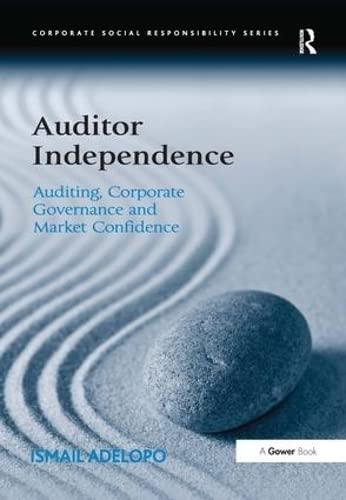Question
Lump-Sum Purchase To add to his growing chain of grocery stores, on January 1, 2014, Danny Marks bought a grocery store of a small competitor
Lump-Sum Purchase To add to his growing chain of grocery stores, on January 1, 2014, Danny Marks bought a grocery store of a small competitor for $435,000. An appraiser, hired to assess the acquired assets' values, determined that the land, building, and equipment had market values of $170,610, $129,250, and $217,140, respectively. Required: 1. What is the acquisition cost of each asset? Do not round intermediate calculations. If required, round your final answers to the nearest dollar. Asset Acquisition Cost Land: $ Building: $ Equipment: $ Identify and analyze the effect of the acquisition. Activity Accounts Statement(s) How does this entry affect the accounting equation? If a financial statement item is not affected, select "No Entry" and leave the amount box blank. If the effect on a financial statement item is negative, i.e, a decrease, be sure to enter the answer with a minus sign. Balance Sheet Income Statement Assets = Liabilities + Stockholders' Equity Revenues Expenses = Net Income 2. Danny plans to depreciate the operating assets on a straight-line basis for 20 years. Determine the amount of depreciation expense for 2014 on these newly acquired assets. You can assume zero residual value for all assets. Round your answers to the nearest whole dollar. If an amount is zero, enter "0". Assets 2014 Depreciation Land: $ Building: $ Equipment: $ Hide 3. How would the assets appear on the balance sheet as of December 31, 2014? Grocery Store Balance Sheet (Partial) December 31, 2014 Long-term assets: $ $ $ Total long-term assets $
Step by Step Solution
There are 3 Steps involved in it
Step: 1

Get Instant Access to Expert-Tailored Solutions
See step-by-step solutions with expert insights and AI powered tools for academic success
Step: 2

Step: 3

Ace Your Homework with AI
Get the answers you need in no time with our AI-driven, step-by-step assistance
Get Started


